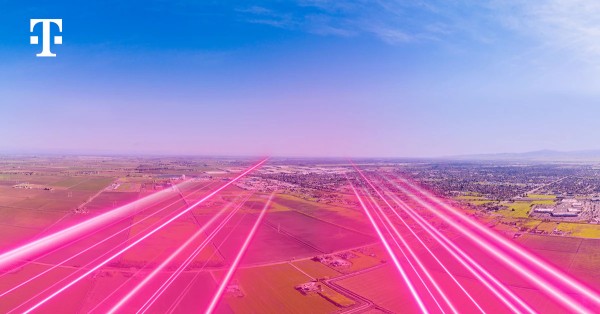Celona Aerloc brings Zero Trust Security to Private 5G Industrial IoT Networks
Enabling Secure and Reliable Automation for Industry 4.0
Celona, a leading innovator in private 5G networks, has announced the launch of Aerloc, a new suite of advanced security capabilities tailored for industrial settings within Industry 4.0. Aerloc introduces a robust security architecture designed to meet the challenges of digitalized industrial IT and OT systems, enhancing security and connectivity without compromising flexibility. Key features include enhanced SIM-based authentication for unified zero-trust security, dynamic policy enforcement, and IT/OT air-gapping capabilities via Celona MicroSlicing™ technology.
Addressing Industrial IoT Security Challenges with Aerloc
Aerloc addresses critical Industrial IoT (IIoT) security issues, where traditional IT-focused zero trust solutions may fall short. Industrial networks require low-latency, on-premises data handling and face unique challenges in managing numerous IoT devices that often lack built-in security agents. Aerloc’s innovative design integrates IT, OT, and private 5G into a single, secure solution that enables real-time data access and analysis from IIoT devices, bolstering both operational efficiency and cybersecurity.
Celona Expands Global Partner Program with TD SYNNEX Partnership
Celona has also expanded its channel reach with the Celona Frequency Partner Program and a new partnership with TD SYNNEX. This collaboration aims to empower resellers and managed service providers to deliver secure private 5G services to enterprises worldwide. Celona Aerloc provides several advanced features to support this endeavor, including:
- Unified Zero Trust Enforcement with SIM-Based Authentication: Aerloc eliminates the need for device-side agents with SIM-based, zero-trust security that extends to both IT and OT devices. Celona’s open API framework supports seamless integration with leading security platforms, including firewalls, network access control (NAC), and SD-WAN solutions, ensuring compatibility with cloud, on-premises, and hybrid setups. Aerloc’s compatibility extends to security solutions like Palo Alto Networks Cortex XSOAR, Cisco ISE, and Aruba ClearPass.
- Dynamic and Distributed Policy Enforcement: Aerloc’s architecture allows for real-time policy enforcement, integrating with posture assessment tools, IoT security platforms, and orchestration automation tools. This approach facilitates security down to individual devices, enhancing response speed and reducing network vulnerabilities by extending security directly to the edge.
- IT/OT Traffic Segmentation with Celona MicroSlicing™: Utilizing Celona MicroSlicing, Aerloc ensures secure air-gapping between IT and OT traffic, both physically and logically, within the same private 5G network. This segmentation protects critical operational data from general enterprise traffic, preserving security and performance for both environments.
Addressing Operational Technology Security Challenges
Will Townsend, Principal Analyst of Networking & Security at Moor Insights & Strategy, commented on Aerloc’s impact, noting the security complexities in OT environments that use industrial sensors and IoT devices, which are more susceptible to threats. While 5G technology offers improved encryption over 4G LTE and Wi-Fi, additional measures are essential to counteract sophisticated cybersecurity threats. “Celona Aerloc provides a zero-trust security architecture tailored to OT settings, facilitating secure private 5G adoption in enterprises,” Townsend remarked.
Enhancing Connectivity and Security for Industrial Operations
Stefan Garrard, Principal Enterprise Technology Engineer at bp, highlighted Aerloc’s value in industrial settings like refineries, where secure and reliable connectivity is crucial. “Celona’s security features strengthen our private 5G infrastructure for IT and OT, improving operational integrity and supporting safe, efficient energy production,” he said.
Bridging the Security Gap Between IT and OT
Jeremy Nelson, North American CISO at Insight, emphasized Aerloc’s role in closing the security gap between IT and OT networks. “Celona’s solution is critical for enterprises expanding digital transformation in industrial environments. Aerloc enables us to offer a private 5G solution that extends zero trust precisely where it’s needed,” Nelson noted.
Redefining Industrial Network Security with Aerloc
Celona CEO and Co-Founder Rajeev Shah underscored Aerloc’s impact, stating that it merges zero-trust principles with Celona’s 5G LAN, allowing enterprises to safely migrate OT operations to private 5G without compromising security. “Aerloc fosters true IT/OT convergence, merging operational agility with robust cybersecurity,” Shah said.
Celona Aerloc is now available as part of the Celona 5G LAN suite. For more details, visit celona.io/aerloc.































